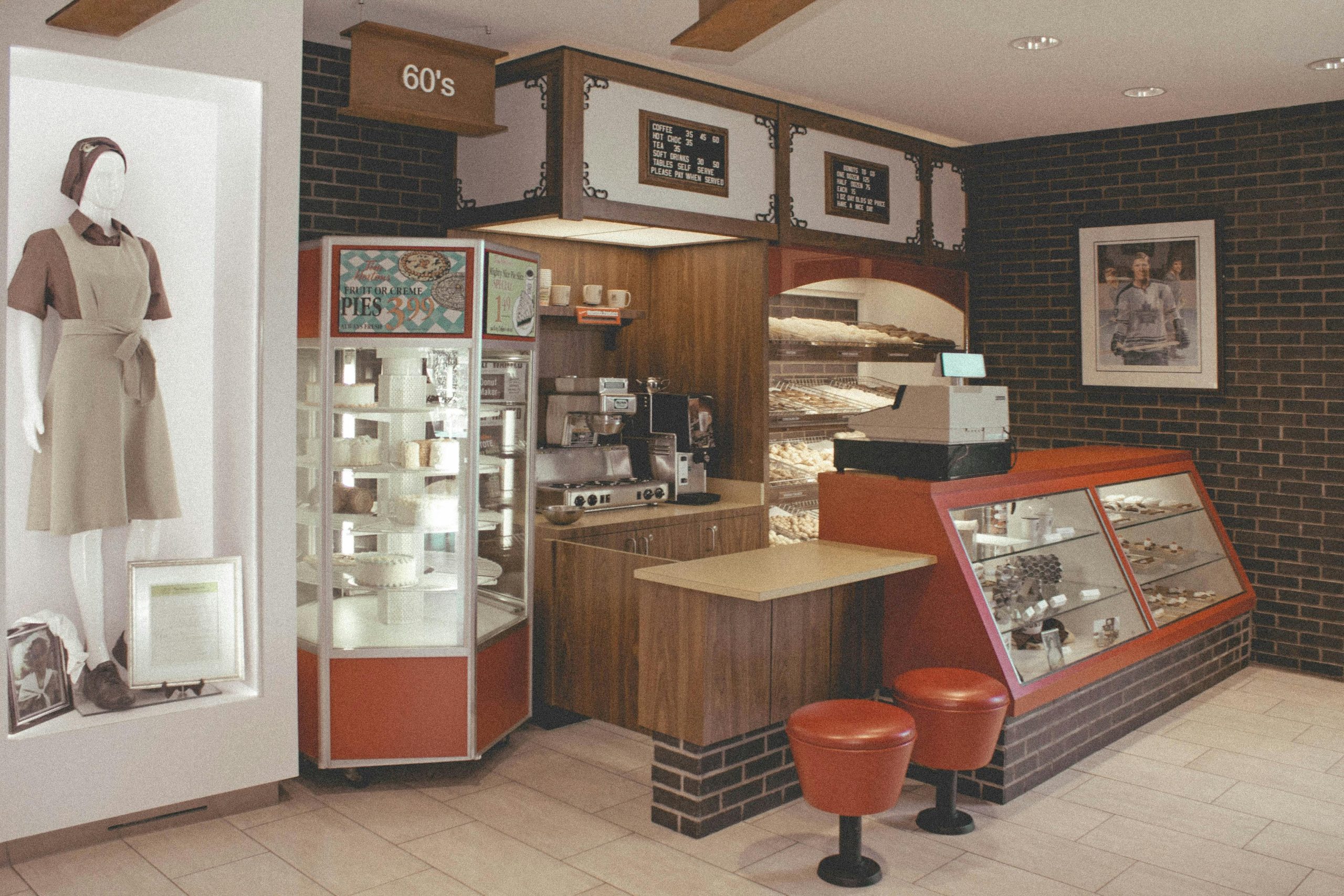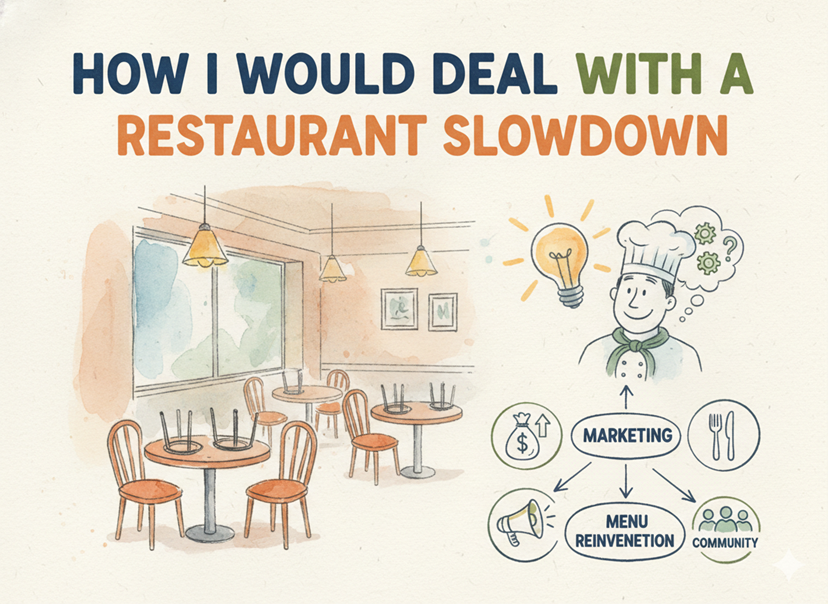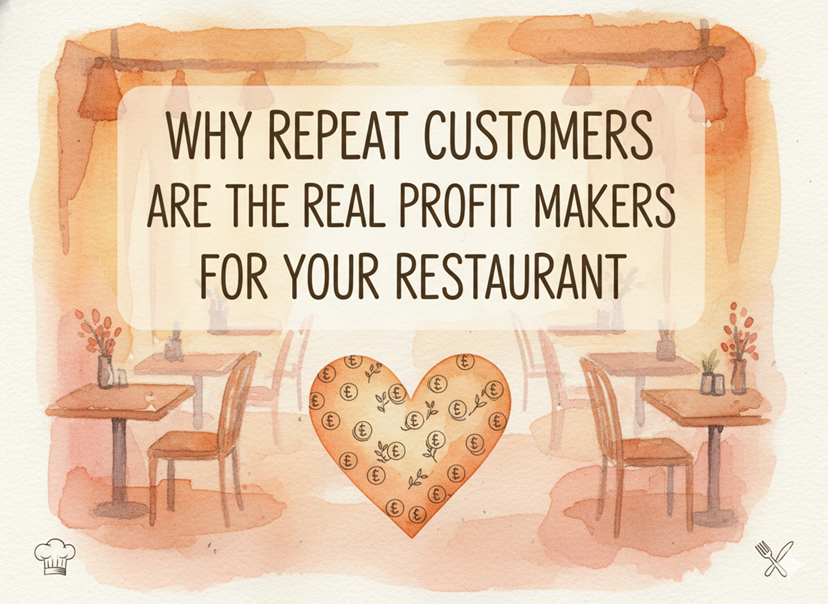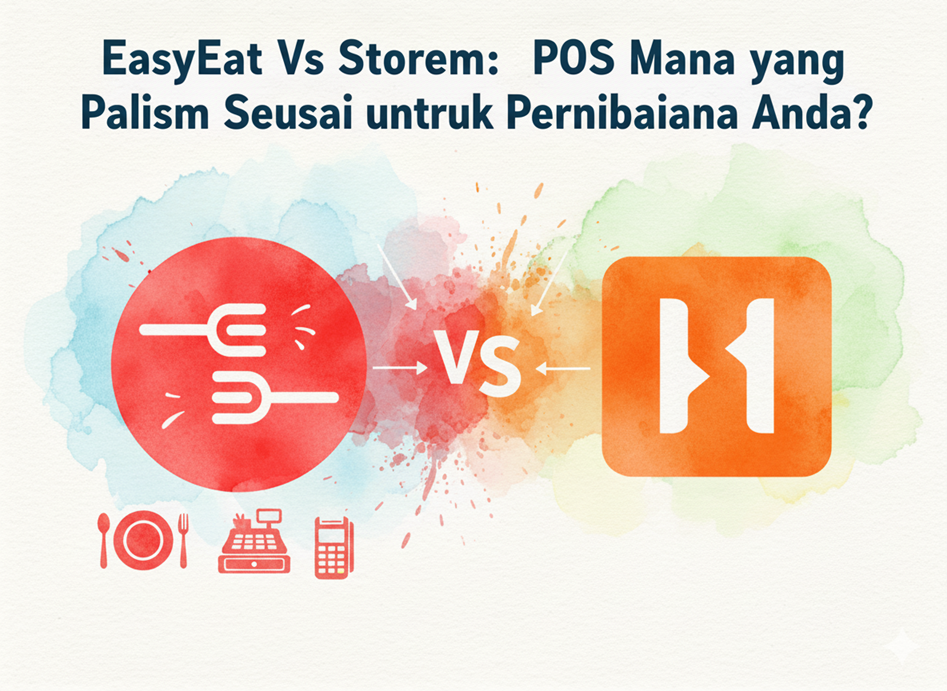If you’re serving food to people every day, you already know how much work goes into it. But have you ever stopped to think about how your place is really two worlds in one? There is the front of the house where your guests eat, and the back of the house where your team makes everything happen. Both parts need to work together smoothly, like two hands of the same body. And when you bring in the right technology, both can become even better.
Let’s break it down and talk about what happens in each area, what processes are involved, and why adding tech can make your daily work easier and more efficient.
What is the Front of the House (FOH)?
The front of the house is where your guests spend their time. It includes the dining area, waiting area, bar, cashier counters, and everyone your guests interact with directly. The people working here include your waitstaff, hosts, bartenders, and cashiers.
When guests walk in, their first impression starts in the FOH. The way your staff greets them, how quickly they’re seated, how their orders are taken, and even how the bill is presented all fall under this area. It’s where service meets presentation. Cleanliness, mood, comfort, and speed of service all shape how people feel about your place.
Key Processes in the Front of the House
In the FOH, several things happen, often all at once. Your staff welcomes guests, seats them, takes orders, serves food and drinks, handles special requests, manages payments, and often deals with complaints or feedback.
There are also many tiny processes running in the background, like checking table availability, coordinating with the kitchen, managing table turnover, and making sure guests aren’t kept waiting too long.
Without a clear process, delays can build up quickly. A slow order, a missed request, or a long wait for the bill can turn a good meal into a forgettable experience.
FOH Staff Roles and Training
Each person in the FOH has a role that affects how your guests feel. Hosts set the tone when guests walk in. Waitstaff keep things moving by taking and serving orders. Bartenders keep the drinks flowing and also often serve as entertainment or conversation partners for guests at the bar.
Training your FOH staff to handle difficult situations calmly, suggest menu items, and communicate clearly with the kitchen helps avoid mistakes and delays. Regular training also makes your staff more confident and improves the mood and energy of your place.
What is the Back of the House (BOH)?
The back of the house includes everything behind the scenes. This is where the actual cooking happens. It includes your kitchen, storage areas, dishwashing stations, cold storage, staff rooms, and office areas.
The people working in the BOH include your chefs, kitchen helpers, dishwashers, inventory managers, and sometimes your cleaning staff. Though guests may never see them, they are the heart of your service.
The BOH is responsible for food preparation, managing recipes, portion control, maintaining hygiene standards, cleaning, restocking supplies, and handling kitchen safety.
Key Processes in the Back of the House
Your BOH staff begins their day long before guests walk in. It starts with prep work—chopping vegetables, marinating proteins, checking inventory, and planning the day’s cooking.
During service hours, things move fast. Orders come in, meals are prepared and plated, and coordination with the FOH ensures timely delivery to the guest. After service, cleanup begins, inventory is checked, and orders for the next day are prepared.
Each step is essential. If the ingredients aren’t fresh or portions aren’t measured properly, it affects everything from taste to cost. If hygiene is not followed, you risk health inspections and customer trust.
BOH Staff Roles and Structure
In the BOH, structure is important. Chefs lead the kitchen, and every person has their station. One may be responsible for grilling, another for sauces, and someone else for plating. Dishwashers keep utensils clean and ready. Inventory staff check supplies, manage deliveries, and reduce waste.
Without this structure, chaos builds quickly. A well-organized BOH ensures that orders go out on time and nothing falls through the cracks. When every person knows their role and respects others, the kitchen flows smoothly.
Why Both FOH and BOH Need to Work Together
You can have the best kitchen staff and still struggle if the FOH can’t serve quickly, or you can have the most polite waitstaff, but if food is delayed or wrong, guests won’t return.
Communication between these two areas is key. When FOH and BOH are in sync, orders move faster, mistakes are fewer, and your guests leave happy.
A small change in how these two teams talk to each other can bring huge improvements. Even simple things like calling out an allergy alert or a table’s special request can prevent costly mistakes.
Tools That Connect FOH and BOH
One of the best ways to improve communication is by EasyEat POS system. This POS system is specially designed to bring your FOH and BOH in Sync. You don’t have to worry about your processes lagging with this. EasyEat QR ordering system lets your customers place orders through which the orders directly go to the kitchen, bringing down the order preparation time. This also helps in removing communication errors that usually happen while taking orders manually.
Tables can be managed better. Staff can see which tables are occupied, who is waiting, and which guests have just started eating. Payments are smoother with card and UPI support. Your staff spends less time handling bills and more time making guests feel welcome.
How Technology Helps Your BOH
In the back of the house, tech helps you stay organized and efficient. Kitchen Display Systems (KDS) reduce paper tickets and miscommunication. Your cooks can see every order in real time, along with special notes.
Inventory tools can track your stock automatically. You can get alerts when supplies are low or see which items are getting wasted. Recipe costing tools can help you understand how much every dish costs to make. This helps you price your menu better.
According to a study conducted in 2023, 61% of restaurant workers said that technology improved the accuracy and speed of service. This shows how useful the right tools can be in everyday kitchen tasks.
Daily Checklists and SOPs
To keep both FOH and BOH running smoothly, use daily checklists. In the FOH, this could include checking table setups, updating the reservation log, and testing payment machines. In the BOH, the checklist might include checking fridge temperatures, preparing ingredients, and reviewing the cleaning schedule.
Having written Standard Operating Procedures (SOPs) for tasks reduces confusion. When everyone knows the steps, the work gets done faster and more consistently.
Guest Experience Journey Mapping
To create a memorable experience, you need to walk in your guests’ shoes. Guest experience journey mapping is a way to understand every step your guest goes through—from the moment they discover your place to the time they leave. This map gives you a clear view of what works well and what can be improved.
It starts even before the guest walks in. Their journey begins when they search for places to eat online, check reviews, or look at your menu. That first online impression is part of the FOH. A clean, easy-to-navigate website or updated Google profile can help bring them in.
When they arrive, their first physical experience is shaped by your host, the waiting time, and the vibe of the space. Are they welcomed warmly? Are they seated quickly? This is the start of the in-house journey.
Once seated, their interaction with the waitstaff, the clarity of your menu, the ease of ordering, and the timing of each course play a big role. FOH and BOH coordination matters here. If an order takes too long or arrives cold, that part of the journey becomes a pain point.
After the meal, the bill payment process and the farewell make a lasting impact. If the bill is confusing or the payment method is limited, it can leave a bad taste, even if the food was great.
Finally, post-visit interactions also count. If guests get a thank you message, a feedback form, or a small discount for next time, they remember you. And if they leave a review, your response to it shows how much you care.
Mapping out this journey helps you improve every small detail. It helps both your FOH and BOH teams understand their roles not just as separate units, but as parts of one whole experience.
Managing Feedback and Continuous Improvement
Both FOH and BOH teams play a role in gathering and acting on guest feedback. When your service staff listens to guests and passes on comments to the kitchen or management, it builds a loop that keeps improving service quality. You can use simple tools like feedback forms, QR-based surveys, or even a casual conversation to understand what guests liked or what didn’t work.
This shared approach to feedback helps identify recurring issues. If several guests mention that food takes too long, it could signal a BOH bottleneck. If people say the staff seems confused, it may be a training issue in FOH. Acting on these insights shows guests that you listen and care.
Scheduling and Shift Coordination
Your FOH and BOH teams depend on proper scheduling. If one is overstaffed and the other is stretched thin, service suffers. A smart scheduling tool can help match team sizes to expected footfall. You can adjust shifts based on historical data, weather, or events in the area.
Cross-training can also ease scheduling. If a team member understands both FOH and BOH basics, they can fill in or assist during busy times. This flexibility helps reduce stress and builds stronger teamwork.
Inventory and Waste Management
Inventory control isn’t just a BOH responsibility. FOH staff can support by alerting the kitchen when popular items are low or when guests ask for something unavailable. This real-time info prevents miscommunication.
Tracking waste is also important. If certain dishes get sent back often, or ingredients are constantly left over, you may need to review your recipes, portion sizes, or supplier quality. Software that connects sales data with inventory can give a clear picture of what’s working.
Embracing a Shared Culture
One of the biggest differences between places that work smoothly and those that don’t is the culture. If FOH and BOH respect each other, back each other up, and share common goals, the energy is better all around.
This starts with how new hires are trained. Instead of keeping FOH and BOH separate, you can have mixed sessions where they learn about each other’s roles. This builds understanding and removes blame.
Regular team huddles, even if short, help everyone get on the same page. Celebrating wins together—like a positive review or a successful event—also makes the team feel united.
The front and back of the house are both essential to your service. They have different roles but share the same goal: to make every guest feel happy and satisfied.
With the right tools and teamwork, both can perform better. And when they do, your entire business becomes stronger.
You don’t have to do everything at once. Start small. Choose one tool that solves your biggest problem today, and build from there. Your guests and your team will thank you for it.




